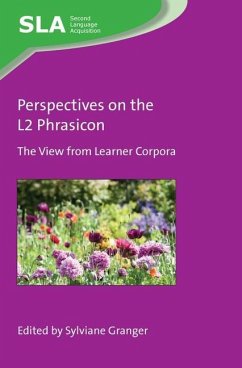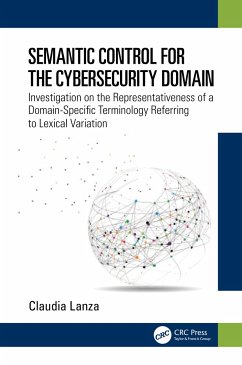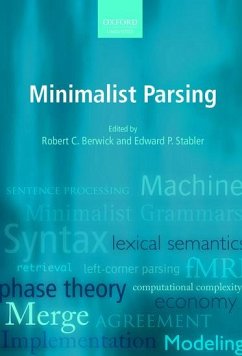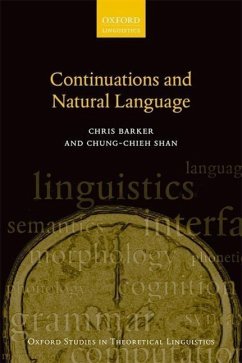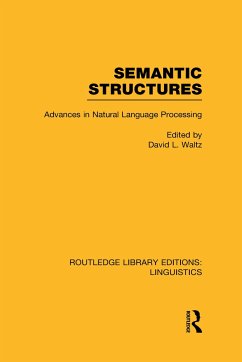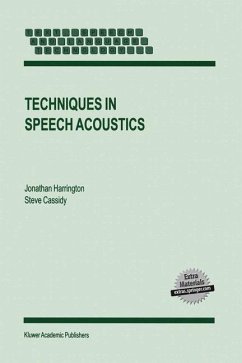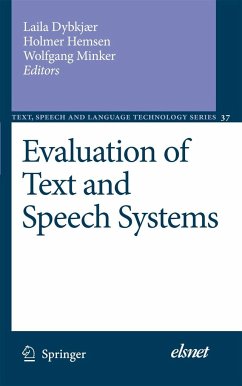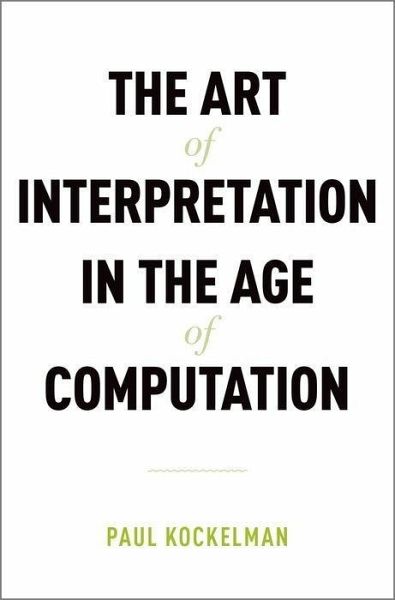
Art of Interpretation in the Age of Computation
Versandkostenfrei!
Nicht lieferbar
The Art of Interpretation is about media, mediation, and meaning. It focuses on a set of interrelated transformations whereby seemingly human-specific modes of meaning become automated by machines, formatted by protocols, and networked by infrastructures. It analyzes the conditions and consequences of such transformations for selfhood, social relations, and semiosis.





